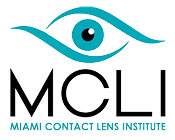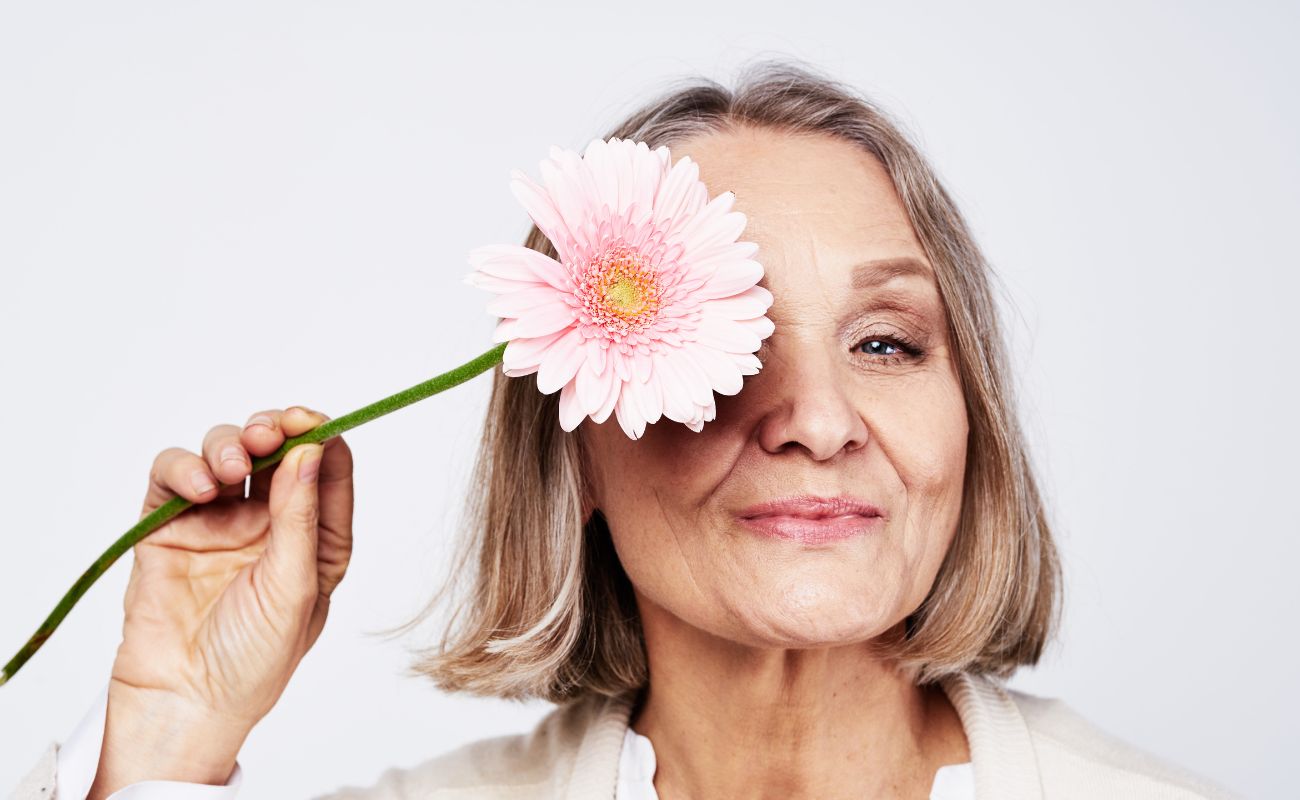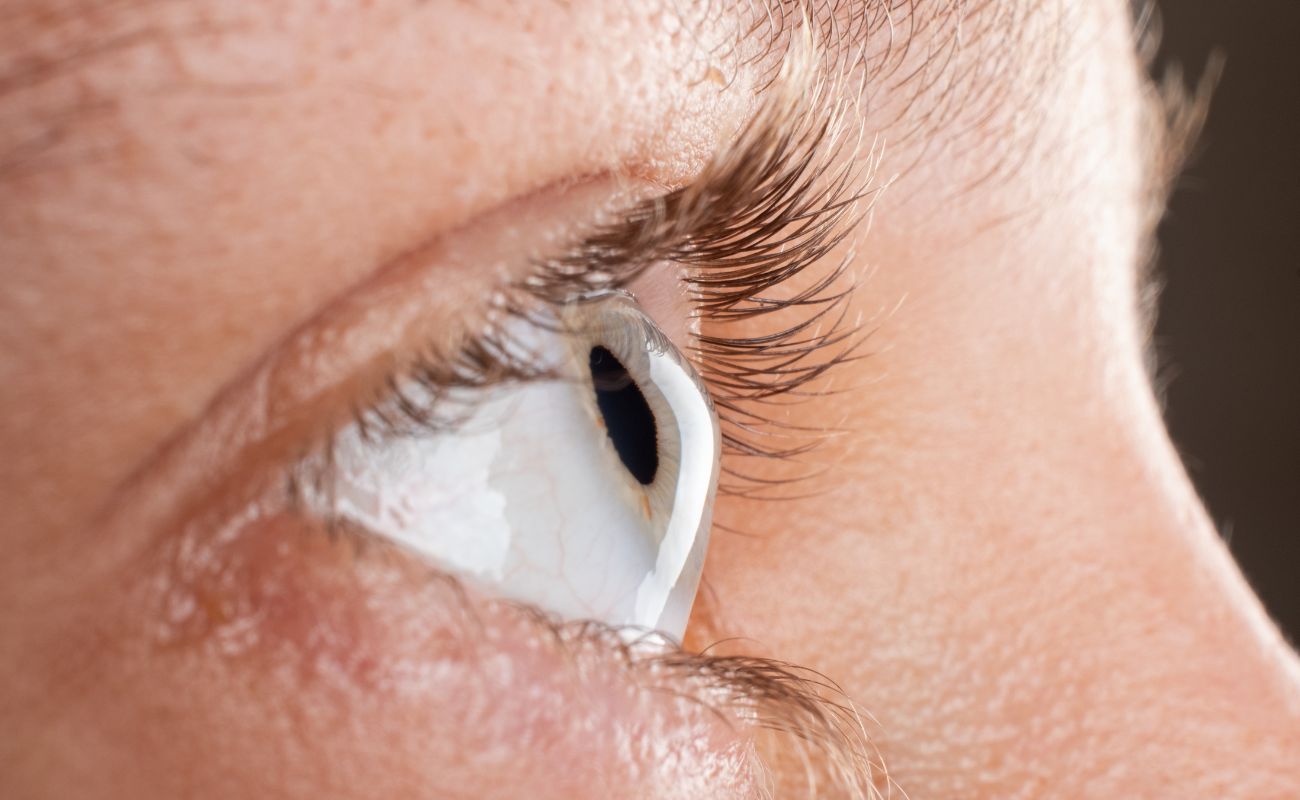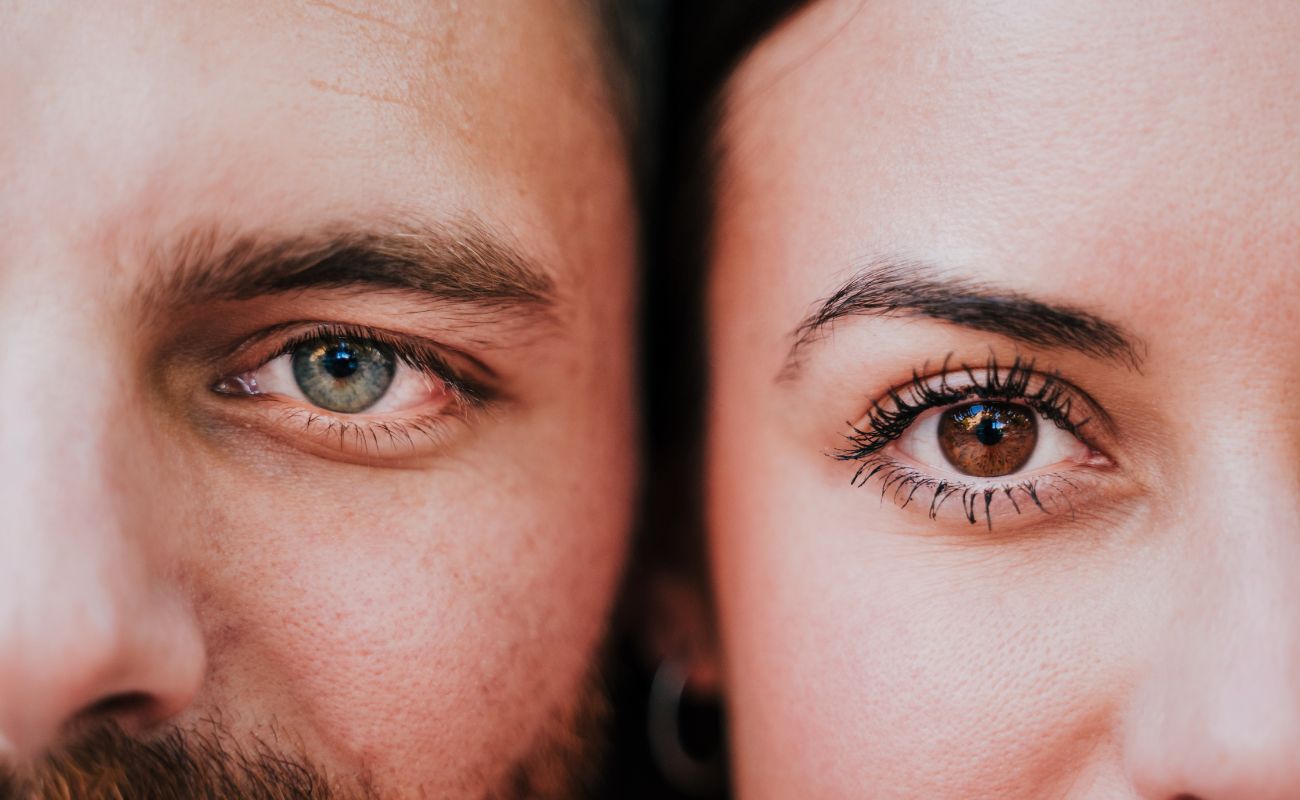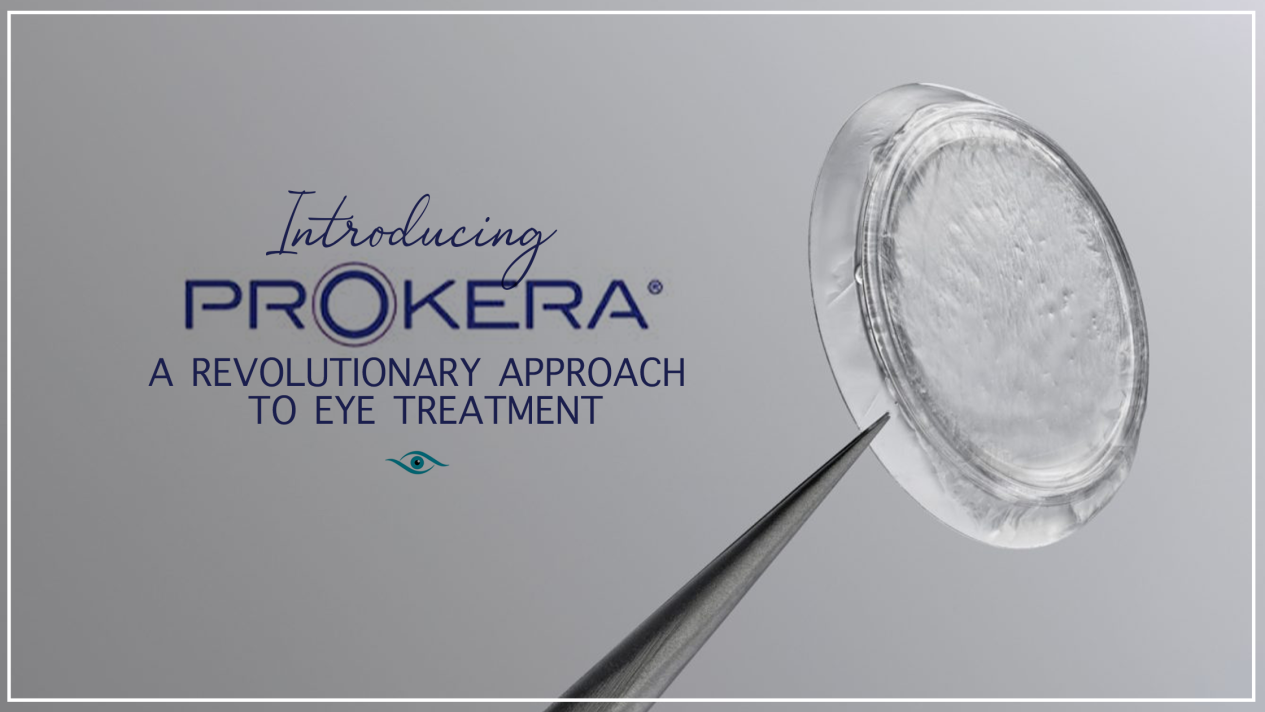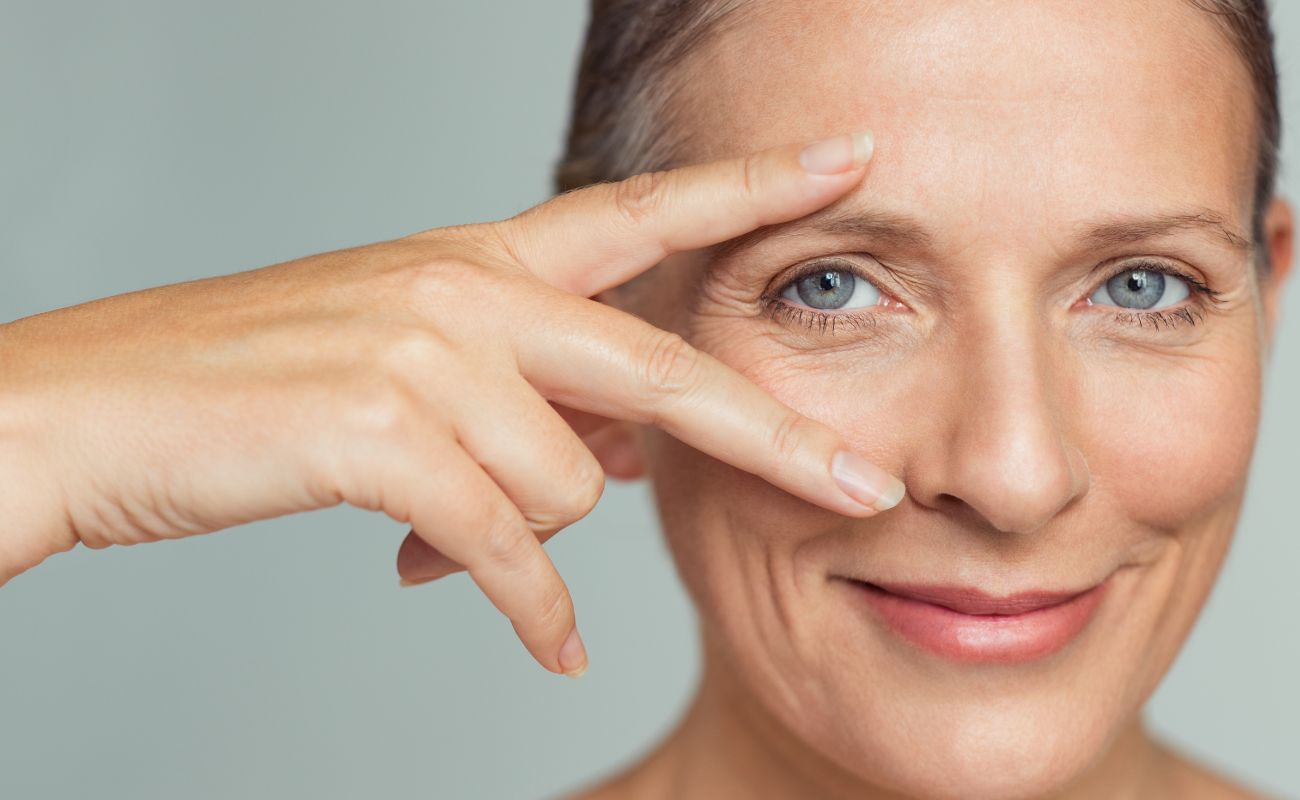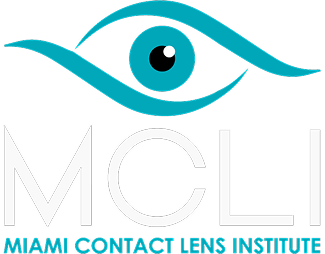Did you know that 50% of menopausal and post-menopausal women experience dry eye? Unfortunately, the symptoms cannot always be remedied with over-the-counter treatments like eye drops. At Miami Contact Lens Institute, we offer different dry eye therapies to reduce discomfort and manage symptoms when hormone levels fluctuate. Let’s discuss the therapy we use when dry eye doesn’t respond to other treatment options.
How Do Post-Menopausal Hormones Affect Eye Health?
As you age, it’s normal for hormonal changes to affect tear production, which is responsible for keeping your eyes moist and healthy. Fluctuations in estrogen and progesterone levels can impact the meibomian glands and lacrimal glands, leading to reduced oil and tear production. This hormonal shift can result in dry eye symptoms, such as irritation, burning, and blurred vision.Dry eye can significantly affect comfort and vision, especially for soft contact lens wearers.Those already using lenses may notice increased dryness, irritation, or blurred vision, while individuals new to corrective wear may find the symptoms of dry eye particularly frustrating. For patients who have never worn contact lenses, we typically begin with non-lens treatment options and introduce contact lenses only when appropriate, ensuring comfort and ocular health are prioritized.Throughout your lifetime, your hormones fluctuate considerably as contraceptives, pregnancy, breastfeeding, and menopause influence hormone production. The variations can impact vision and have a disruptive effect on your ability to complete tasks. Pain, itching, and irritation can also reduce quality of life when left untreated.
What Are the Common Symptoms of Post-Menopausal Dry Eye?
Several symptoms associated with dry eye syndrome can flare up during hormonal imbalance or fluctuation. When you experience these symptoms consistently or find they interfere with your typical routine, speaking to an experienced eyecare practitioner to discuss treatment options would be advisable. The most common symptoms of hormonally induced dry eye include:
- Redness
- Irritation
- Blurry vision
- Light sensitivity
- Watery eyes
- Stinging
- Burning
- Feeling “obstructions” in your eyes
Fortunately, there are ways to manage the symptoms of hormone-related dry eye. We always start with therapies that target gland dysfunction, such as LipiFlow and intense pulsed light. We use these therapies first because they can treat the underlying causes of dry eye and restore natural function. We also use scleral contact lenses when severe dry eye persists.
What Are Scleral Lenses?
Scleral lenses are specialized rigid contact lenses that rest on the white part of the eye (the sclera) instead of the cornea, like soft contact lenses. A defining feature of scleral lenses is the fluid-filled space behind the lens, which makes them exceptionally effective for treating dry eye.
How Do Scleral Lenses Treat the Symptoms of Post-Menopausal Dry Eye?
The first step in the scleral lens process is diagnosis. Identifying the exact issues you are dealing with is vital, and we do this by discovering your dry eye type. Insufficient tear production and excessive evaporation can lead to severe dry eye symptoms.Hormonal changes can make it difficult to wear traditional soft lenses because of decreased tear production. However, the fluid reservoir beneath a scleral lens provides continuous hydration to the ocular surface, promoting comfort and improving visual clarity.As the stable fluid maintains the moisture balance of the ocular surface, eye irritation common in menopausal women is reduced. Our patients who experience severe dry eye symptoms often find relief when using scleral lenses.We create a 3D map via advanced scanning technology or take an impression of the ocular surface to custom-make your scleral lenses according to the exact topography of your eyes. These maps enable us to precisely create lenses that fit your unique eye shape.
Which Lifestyle Changes Reduce Dry Eye Symptoms?
In addition to scleral lenses or other medical interventions, you can implement several healthy habits to promote eye health and reduce dry eye symptoms. One of the most important habits is staying hydrated throughout the day. Drinking enough water affects the entire body, including the eyes, to maintain optimal function.Including foods rich in omega-3s can improve tear production and quality, reducing irritation. Add salmon, flaxseeds, and walnuts to your diet to increase your omega-3 intake.Due to the prevalence of screens, many of us forget to take regular breaks to blink naturally. Blinking regularly keeps eyes moist and reduces the dryness resulting from tear evaporation. If you spend most of your time looking at a screen, try the 20/20/20 rule: every 20 minutes, look at something 20 feet away for at least 20 seconds.Many chronic medications cause dry eye, which, when combined with menopausal hormone fluctuations, can lead to severe dry eye. If your dry eye symptoms persist after trying other treatment methods, speak to your doctor about alternative medications.
Expert Support for Optimal Eye Health
Contact Miami Contact Lens Institute if you’re going through perimenopause or menopause or are in the post-menopausal phase of life and experiencing dry eye. Our experienced, specialized, board-certified optometrists can provide the support you need to feel comfortable during hormonal changes.
